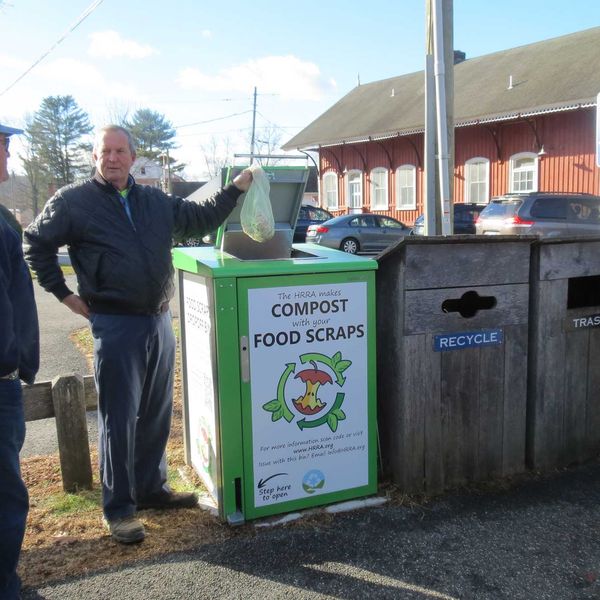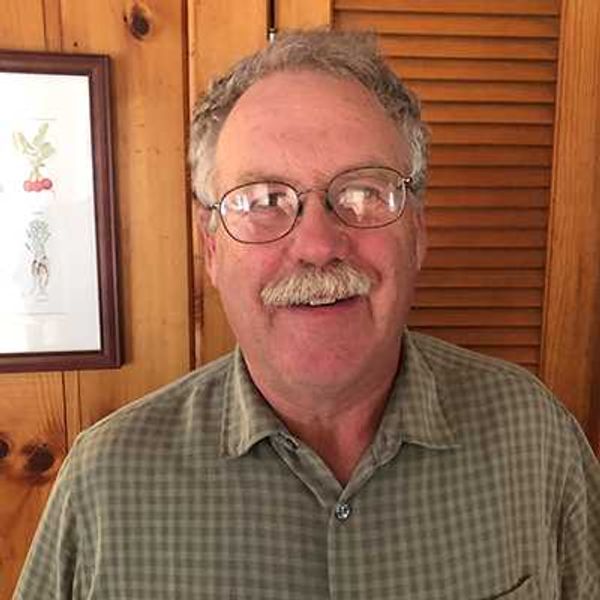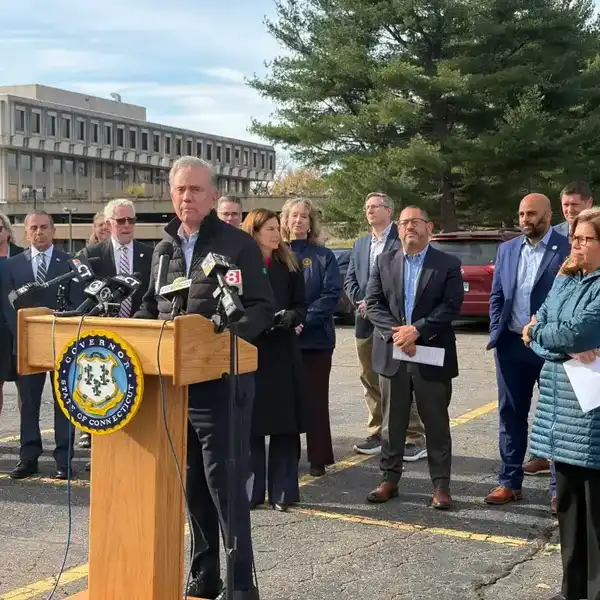Advocates take action to protect birds from avian flu
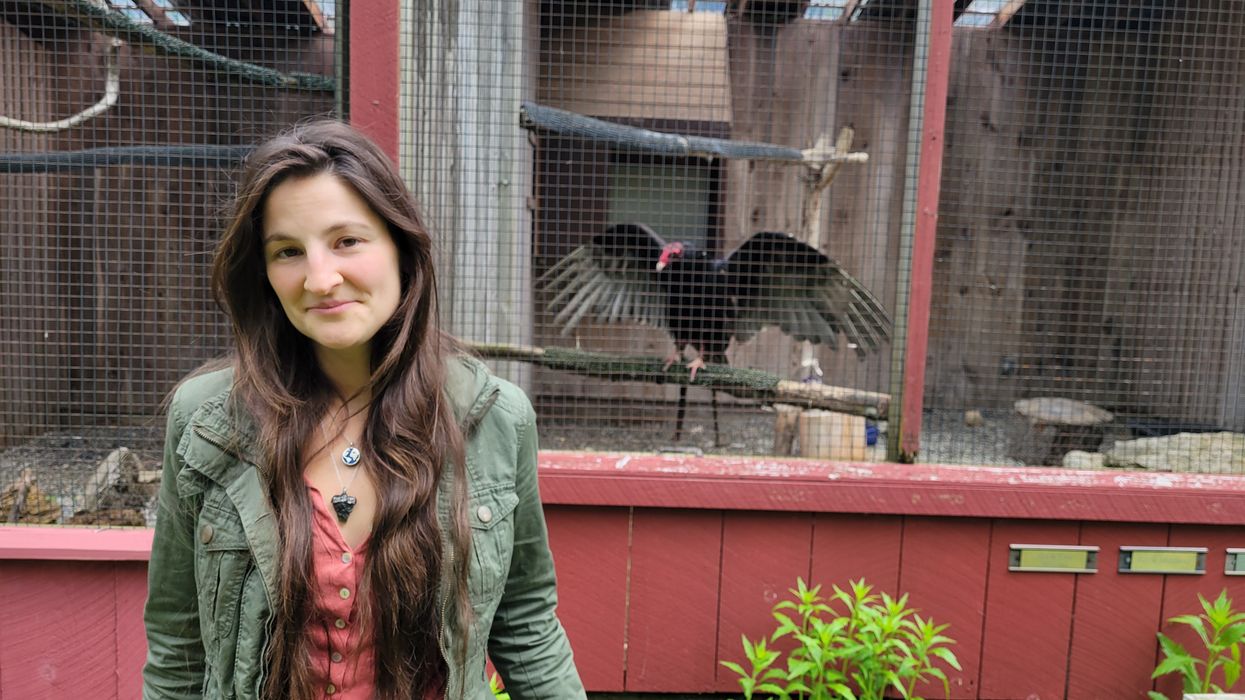
Sunny Kellner, the wildlife rehabilitation manager at Sharon Audubon Center, said protective measures are in place to protect the center’s ambassador birds of prey, including Norabo, a turkey vulture, from potentially deadly avian influenza. Norabo, injured as a fallen chick, has been a resident at Sharon Audubon for about two years.
Debra A. Aleksinas
 This white-headed duck at the Ripley Waterfowl Conservancy in Litchfield has an endangered conservation status. Ripley Waterfowl Conservancy
This white-headed duck at the Ripley Waterfowl Conservancy in Litchfield has an endangered conservation status. Ripley Waterfowl Conservancy
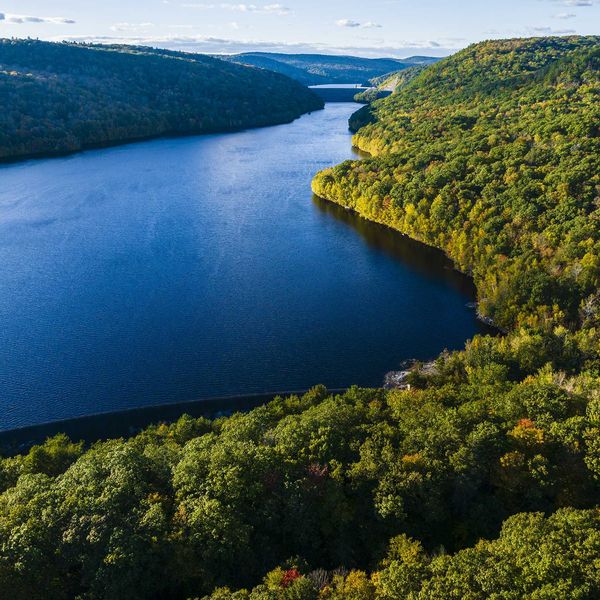
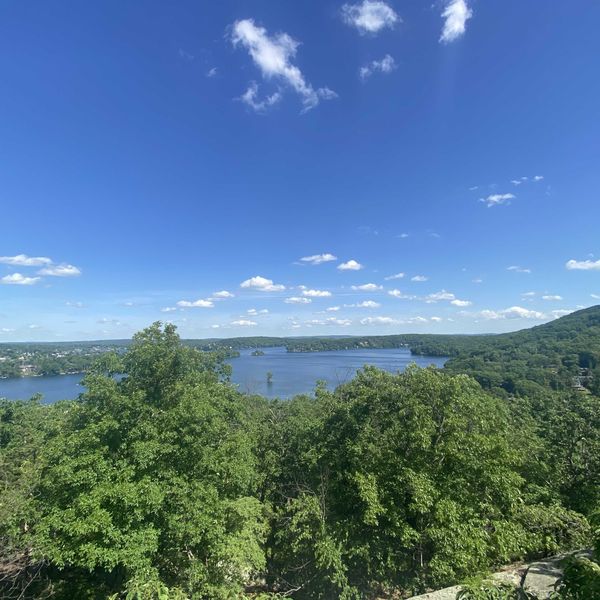

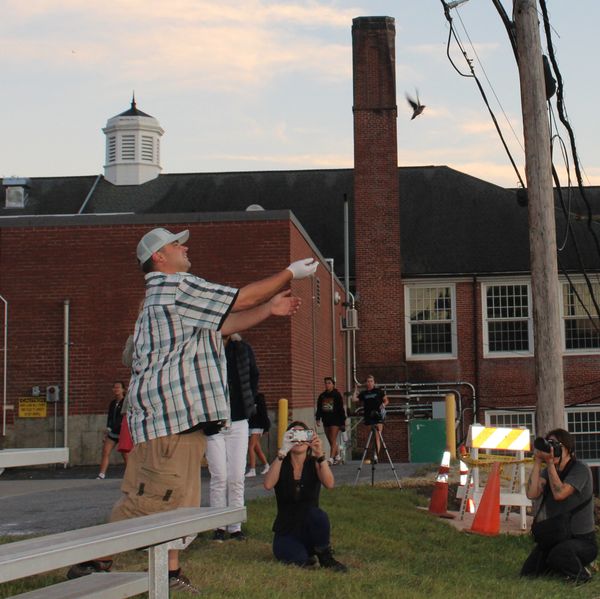
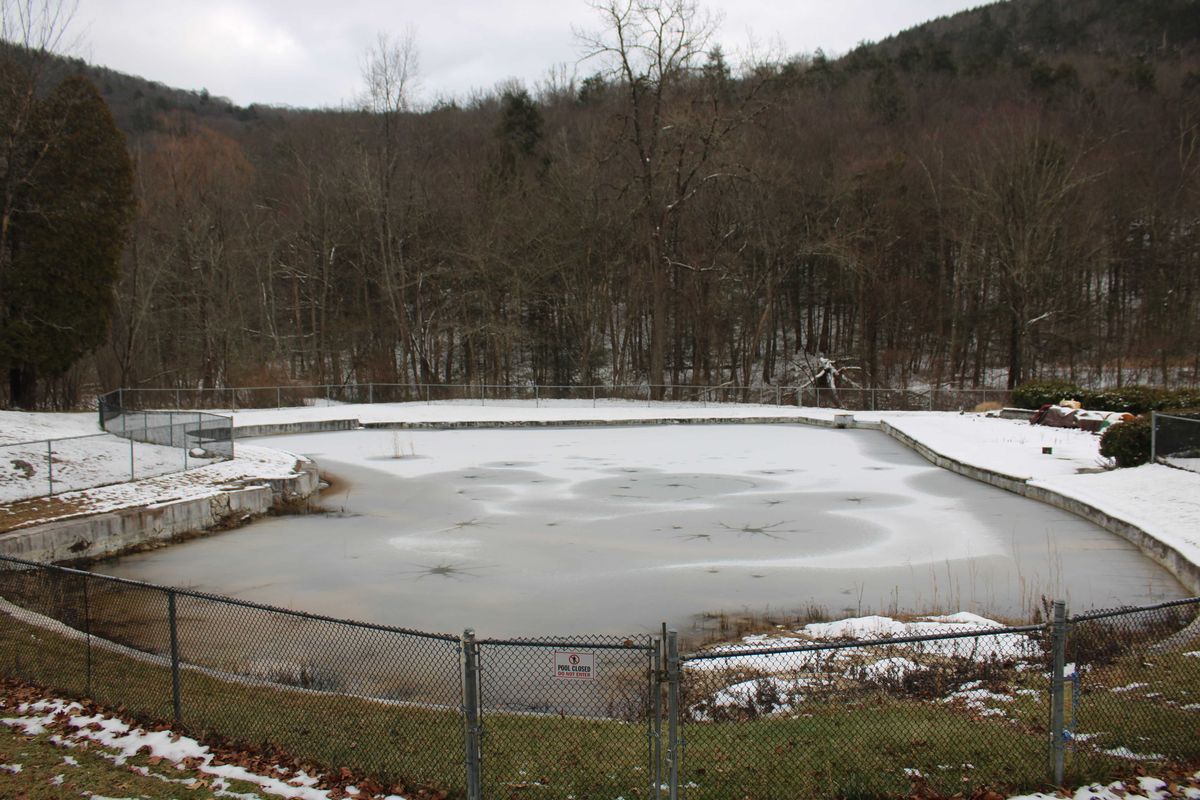

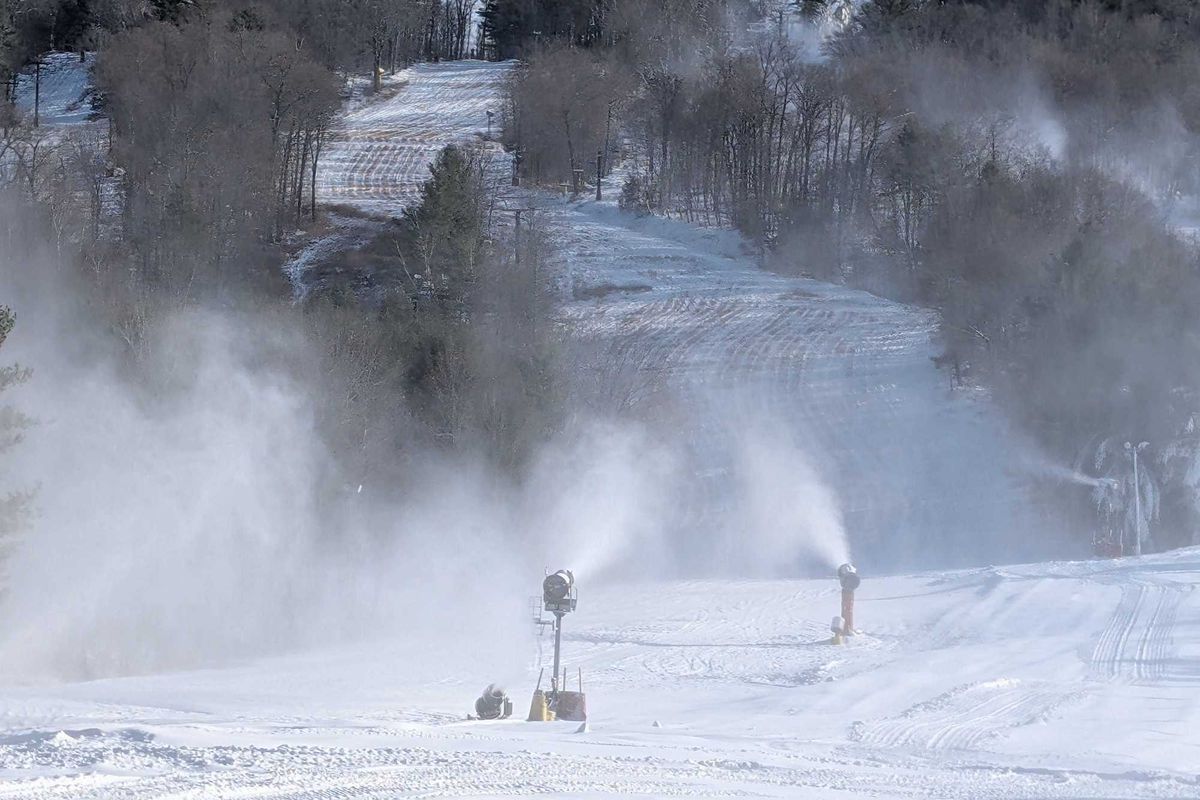

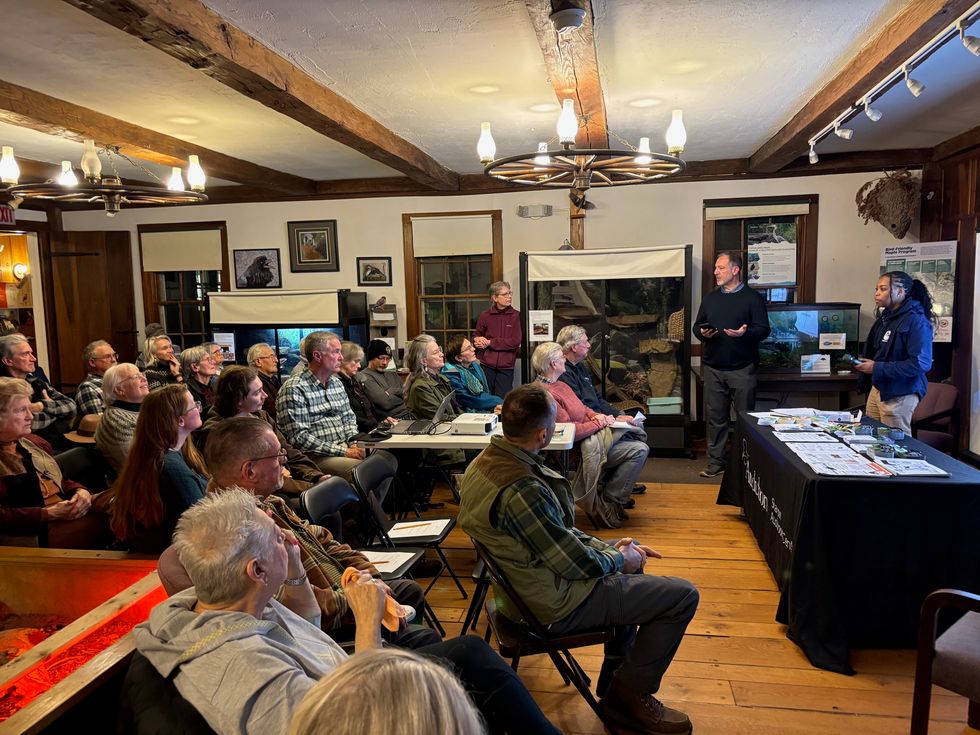 Attendees at the DEEP meeting in Sharon on Dec. 3By Christian Murray
Attendees at the DEEP meeting in Sharon on Dec. 3By Christian Murray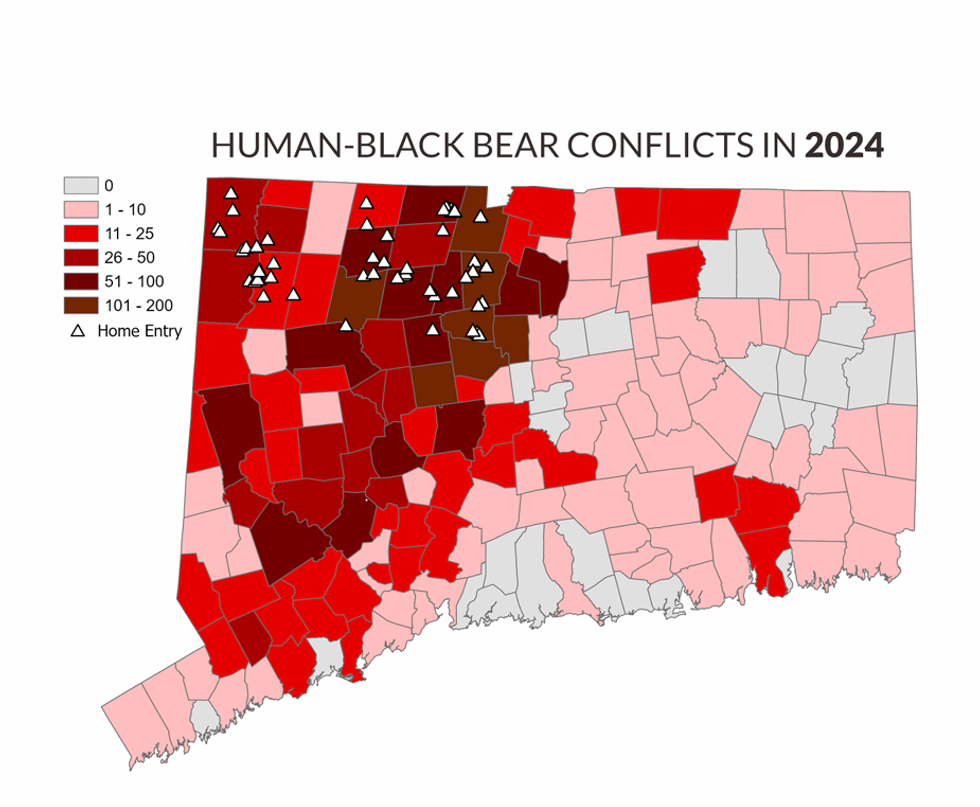 From the State of the Bears Report released March 2025CT DEEP
From the State of the Bears Report released March 2025CT DEEP